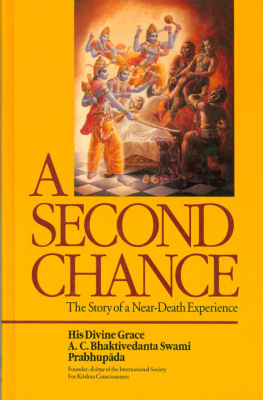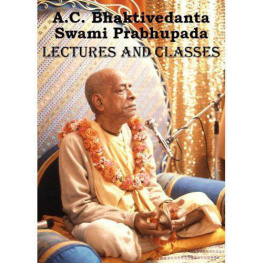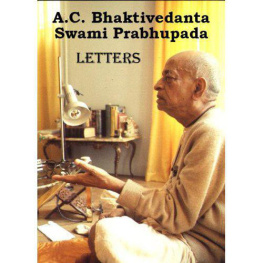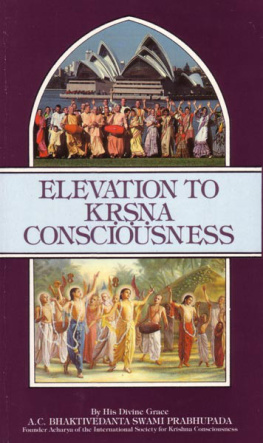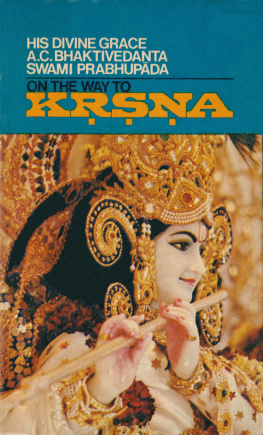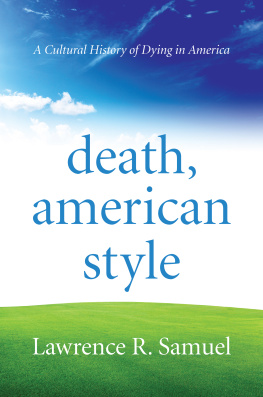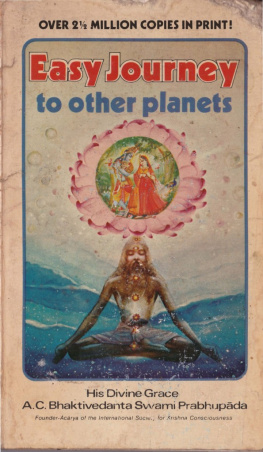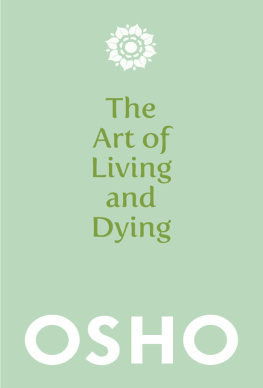A Second Chance:
The Story of a Near - Death Experience
SC: Introduction
As the sinful Ajmila lay on his deathbed, he was terrified to see three fierce humanlike creatures coming to drag him out of his dying body and take him away to the abode of Yamarja, the lord of death, for punishment.
Surprisingly, Ajmila escaped this terrible fate. How? You'll find out in the pages of A Second Chance: The Story of a Near-Death Experience.
You'll also learn many vital truths about the fundamental nature of the self and reality, so you can better prepare yourself for your own inevitable encounters with death and dying.
Even today, people momentarily on the verge of death report encounters like Ajmila's, lending credibility to the idea that there is life after death.
In 1982, George Gallup, Jr., published a book called Adventures in Immortality, which contained results of a survey on American beliefs about the afterlife, including near-death and out-of-body experiences.
Sixty-seven percent of the people surveyed said they believe in life after death, and fifteen percent said they themselves had had some kind of near-death experience.
The people who reported a near-death experience were then asked to describe it. Nine percent reported an out-of-body sensation, and eight percent felt that "a special being or beings were present during the near-death experience."
The Gallup survey is intriguing, but it leaves unanswered this basic question: Is there any scientific evidence for near-death experiences, particularly of the out-of-body type?
Apparently there is-from studies of people on the verge of death who, while supposedly unconscious, accurately report events relating to their physical body from a perspective outside it. Heart attack patients, accident victims, and soldiers wounded in battle have all reported such experiences.
Dr. Michael Sabom, a cardiologist at the Emory University Medical School, undertook a scientific study of such reports. He interviewed thirty-two cardiac-arrest patients who reported out-of-body experiences. During a cardiac arrest the heart stops pumping blood to the brain, and so a patient should be totally unconscious. Yet twenty-six of the thirty-two patients reporting out-of-body experiences during cardiac arrest were able to give fairly accurate visual accounts of their resuscitation. And the remaining six gave extremely accurate accounts of the specific resuscitation techniques, matching confidential hospital records of their operations.
The results of Sabom's study, detailed in his book Recollections of Death: A Medical Investigation (1982), convinced him of the reality of out-of-body experiences. He concluded that the mind was an entity distinct from the brain and that the near-death crisis caused the mind and brain to split apart for a brief time. Sabom wrote, "Could the mind which splits apart from the physical brain be, in essence, the soul, which continues to exist after the final bodily death, according to some religious doctrines? As I see it, this is the ultimate question that has been raised by reports of the NDE [near-death experience]."
The true dimensions of that ultimate question are thoroughly explored in A Second Chance, by His Divine Grace A. C. Bhaktivedanta Swami Prabhupda, the founding spiritual master (crya) of the International Society for Krishna Consciousness.
Thousands of years ago in India, the history concerning Ajmila and his near-death experience was related by the great spiritual master ukadeva Gosvm to his disciple King Parkit. Their conversation is recorded in the Sixth Canto of the Sanskrit classic rmad-Bhgavatam, renowned as the ripened fruit of the tree of India's timeless Vedic literature.
In 197576, in the course of translating the rmad-Bhgavatam into English, rla Prabhupda translated the story of Ajmila. And as with the rest of the work, in addition to the text he provided an illuminating commentary on each verse.
But this wasn't the first time rla Prabhupda had explained the story of Ajmila. During the winter of 197071 rla Prabhupda was traveling with some of his Western disciples in India. They had heard him speak about Ajmila several times, and at their request he now gave a systematic series of lectures on the Ajmila story.
Thus A Second Chance consists of texts from the Sixth Canto of rmad-Bhgavatam (reproduced here in boldface type), selections from rla Prabhupda's commentary, and excerpts from transcriptions of his lectures during the '7071 India tour.
The history of Ajmila is dramatic, powerful, and engaging. And the sharp philosophical and metaphysical debates that punctuate the action as Ajmila confronts the messengers of death and finds deliverance are bound to excite the interest of those concerned with life's deepest questions.
The Publishers
SC 1: Separating the Men From the Animals
Chapter 1
Separating the Men From the Animals
ukadeva Gosvm said to King Parkit: In the city known as Knyakubja [Kanauj in present-day India] there lived a brhmaa named Ajmila who married a prostitute maidservant and lost all his brahminical qualities because of the association of that low-class woman. Ajmila gave trouble to others by arresting them, by cheating them in gambling, or by directly plundering them. This was the way he earned his livelihood and maintained his wife and children. (rmad-Bhgavatam 6.1.2122)
The Law of Consequences
Although Ajmila was born of a brhmaa father and strictly followed the regulative principles-no meat-eating, no illicit sex, no intoxication, and no gambling-he fell in love with a prostitute, and therefore all his good qualities were lost. As soon as a person abandons the regulative principles, he engages in various kinds of sinful activities. The regulative principles serve to keep us on the standard of human life. But if we abandon them, we fall down into illusory life, or my.
If we want to advance in spiritual life, we must follow the regulative principles and rectify the mistakes of our past lives and this present life. Only those who have become free from all kinds of sinful reactions and are now engaged in pious activities can fully understand God. Persons who commit sinful activities and who are overly attached to bodily comforts and mundane friendship, society, and family affection cannot be spiritually self-realized.
The fault of illicit connection with women is that it destroys all one's brahminical qualities. Ajmila abandoned all the regulative principles due to his association with a prostitute. He became a cheater and a thief. One who acts dishonestly will be punished. He may escape the king's or government's law, but he can never escape God's law. The materialists think, "I am cheating God, and I can continue to gratify my senses by all nefarious activities." But the stras (scriptures) state that such persons are cheating their own happiness in the end, because they will have to accept a material body again and suffer accordingly.
A man who is born in a brhmaa family is expected to be truthful and self-controlled, to be fully cognizant of spiritual life and its practical application, and to have complete faith in the statements of the stras.
If a person does not follow the stras, he becomes degraded. The great sages and is throughout the world have given guidance, and their words are recorded in the stras. But rascals and fools misinterpret the scriptures and misguide the people. At present, the Bhagavad-gt is interpreted in so many different ways, and these so-called explanations are accepted by the innocent public as authoritative knowledge. One interpreter explains that the battlefield of Kuruketra refers to the material body and that the five Pava brothers are really the five senses of the material body. But this is not the proper understanding. How can anyone explain the

